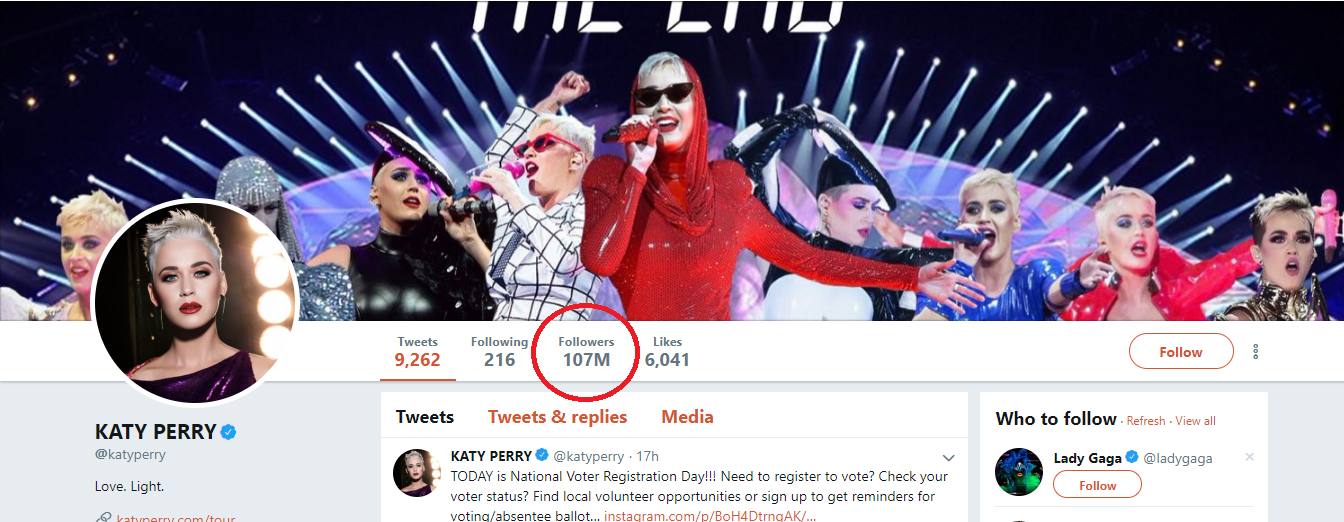Social Media ‘arrived’ on the scene in the early-mid 2000’s. That was my understanding. Since I wasn’t 100% sure, and I like to be 100% sure (!), I did what I always do – I googled.
“Social media has a history dating back to the 1970s.”
This is the first sentence on Wikipedia under social media history. I was stunned! 1970’s, really? Was the internet there back then? I learned that it was. ARPANET, a packet switching network that became the foundation of what we know as the internet, developed “a rich cultural exchange of non-government/business ideas and communication”, which was the very first form of social media.

Arpanet Network Map 1974
Over the years, the trend grew across the globe with programs like the Usenet and BBS (Bulletin Board System). Although not technically like the social media we know today, these certainly met the criteria for a textbook definition of social media. Companies like IBM, CompuServe and AOL were some of the first to migrate to the internet and BBS styles. One of the earliest social networking sites to appear was GeoCities by Yahoo, which came onto the scene in the early 90s. Since then, the social media flood has only become more intense, leading to the popular sites we know today – LinkedIn, MySpace, Orkut (remember this one?! Fond memories!), Facebook, Twitter, Tumblr, Google+…. the list goes on!
The world today revolves around these social networking sites, with about 40% of the world’s population having one or other social media account. This widespread reach is what makes it a marketing magic wand! A single tweet can today reach 107 million people – this is Katy Perry’s Twitter account with 107 million followers. That’s tremendous! How do we utilize this reach? Let’s take a look.

Katy Perry’s Twitter account
As a business, be it a startup or an established one, investing in social media is definitely a must. If you can have a dedicated person or team for this, even better. Here are some pointers for a start:
1. Identify the right social media account(s) for you
Simply setting up accounts across all social networking sites does not always work. Depending on your business type, select the ones that have the most reach to target audiences whom you wish to cater to. For example, if your business deals with financial planning, you would do well to set up in sites like LinkedIn, Twitter, and Facebook. Whereas setting up accounts on sites like YouTube, Instagram and Snap Chat are not really helpful. Alternatively, if you have a photography business, you can create Instagram, Facebook, YouTube, Twitter, and even LinkedIn. Choose wisely, so that you can focus on the ones that you can derive most from.
2. Set up a visually appealing and contextually informative profile
Your profile is the first thing anyone sees, so it needs to be striking and also provide the visitor with key information about your business. Put up your logos, images from your website or relevant banners. Add information about your company- when it started, the idea that triggered its formation, any awards or achievements received, and any appearances in the news. Don’t overdo it, but at the same time populate enough information to pique the interest. Always provide links to your website, blogs, and other online presence, even interlinking between different social media sites.
3. Start posting content

Hashtags
Put up posts and stories about your business first. A new product launched? Publish it on Twitter. A new division added, write about it on Facebook. You get the drift. Always try to link back to one of your online sites within your posts. This will drive more traffic (SEO tip!). Use hashtags liberally, they’re the in-thing! Use images where possible, graphic stimuli is greater than textual retention. Link to current news or trending stories, this will get your post featured across topics.
4. Start building a network
Now that you’ve started posting content, who’s going to read them? A network of followers or connections of course! Invite people in your own business to like, connect and follow your pages. This is the easiest way to start setting up that network– from within! Next, start following companies and brands that relate to your business. Connect with individuals who work in similar industries. Invite friends and acquaintances to be a part of your network. Build, build, build. The more you grow your network, the more reach your business has.
5. Maintain the social media accounts regularly
This is probably the most important pointer I can give you. Don’t become inactive once you set up accounts and start getting connections. Constantly add new content, write new articles, put up photos of a business meet if you have to, but keep the content rolling. This goes for both startups and established companies. If handled right, regular updates and a constant presence online will get you more contacts and leads than any other form of networking. Keep at it, always!

Social Media Conversion
Now that you know the basics of getting into the social media era (my version of it at least!), feel free to improvise, gain more insight by reading other posts like mine, and always remember to get out there and wave that magic wand!

Marketing Magic wand!





